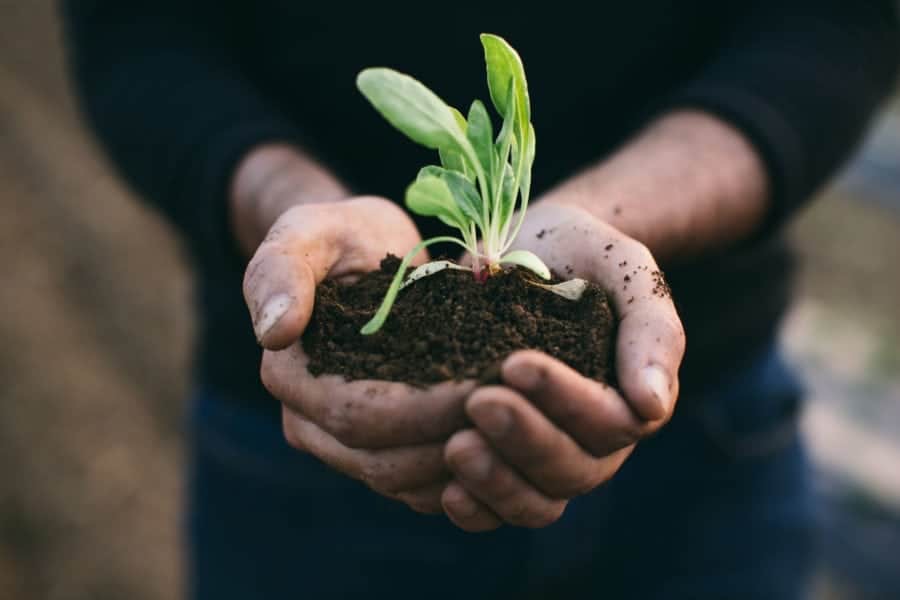
Discover the profound wisdom of an older generation as they reflect on a time when environmental consciousness wasn't a trend but a way of life. In this blog post, we explore the sustainable practices of the past and how they can inspire us to embrace a greener future.
In a nostalgic encounter at a store, a cashier enlightens an older woman about the harmful impact of plastic bags on the environment. Apologetically, the woman shares that in her day, they simply didn't have the "green thing." As we reflect on her words, we discover the profound sustainability practices of the past and the importance of embracing them in our present lives. Let's take a journey back in time to explore the simple yet eco-conscious habits that characterized an era without the "green thing."
Recycling and Reusing: During this bygone era, recycling was a way of life. Returning milk bottles, Coke bottles, and beer bottles to the store allowed for their thorough cleaning, sterilization, and reuse. Unlike today's disposable culture, these bottles were recycled countless times, minimizing waste and conserving resources. While they may not have called it the "green thing" back then, their actions were inherently sustainable.
Conservation through Daily Choices: Walking was the norm in those days, as escalators weren't present in every store or office building. People didn't rely on 300-horsepower machines to cover short distances; instead, they traversed the streets on foot. Similarly, the absence of energy-intensive appliances compelled them to wash diapers, dry clothes on lines, and blend ingredients manually. These practices conserved energy and reduced their carbon footprint.
Resourcefulness and Mindful Consumption: In the absence of today's consumer-driven culture, hand-me-down clothing was commonplace. Families shared clothes between siblings, appreciating the value of reuse and the avoidance of unnecessary waste. The size of televisions and radios was modest, and they served as communal entertainment devices, not cluttering every room. Packaging fragile items involved repurposing newspapers as cushioning material, fostering a culture of resourcefulness.
Prioritizing Human Power: Lawn maintenance meant using a push mower, powered by human effort, rather than relying on gasoline-guzzling engines. Physical work integrated exercise into daily routines, making gym memberships and electric treadmills obsolete. By embracing human power, they unknowingly embraced sustainable practices, keeping their environment cleaner and their bodies healthier.
Thoughtful Consumption Habits: In the absence of disposable cups and plastic bottles, people quenched their thirst by drinking from fountains. Pens were refilled with ink, and razor blades were replaced, extending the life of everyday items. These small choices symbolized a commitment to minimalism, frugality, and reducing waste—an embodiment of the "green thing" before its time.
Efficient Transportation and Resource Management: Back then, streetcars were the preferred mode of transportation, and children rode bikes or school buses to reach their destinations. Homes had only one electrical outlet in each room, discouraging excessive energy consumption. People didn't rely on computerized gadgets to navigate the world; they embraced simplicity and relied on their local knowledge.
As we reflect on the older woman's sentiment that they didn't have the "green thing," we realize that her generation unknowingly pioneered sustainable practices that we can learn from today. Their commitment to recycling, reusing, conserving energy, and embracing resourcefulness was a way of life. By revisiting and integrating their values into our modern lives, we can become better stewards of the environment and create a more sustainable future. Let us be inspired by their actions and make the "green thing" our thing.